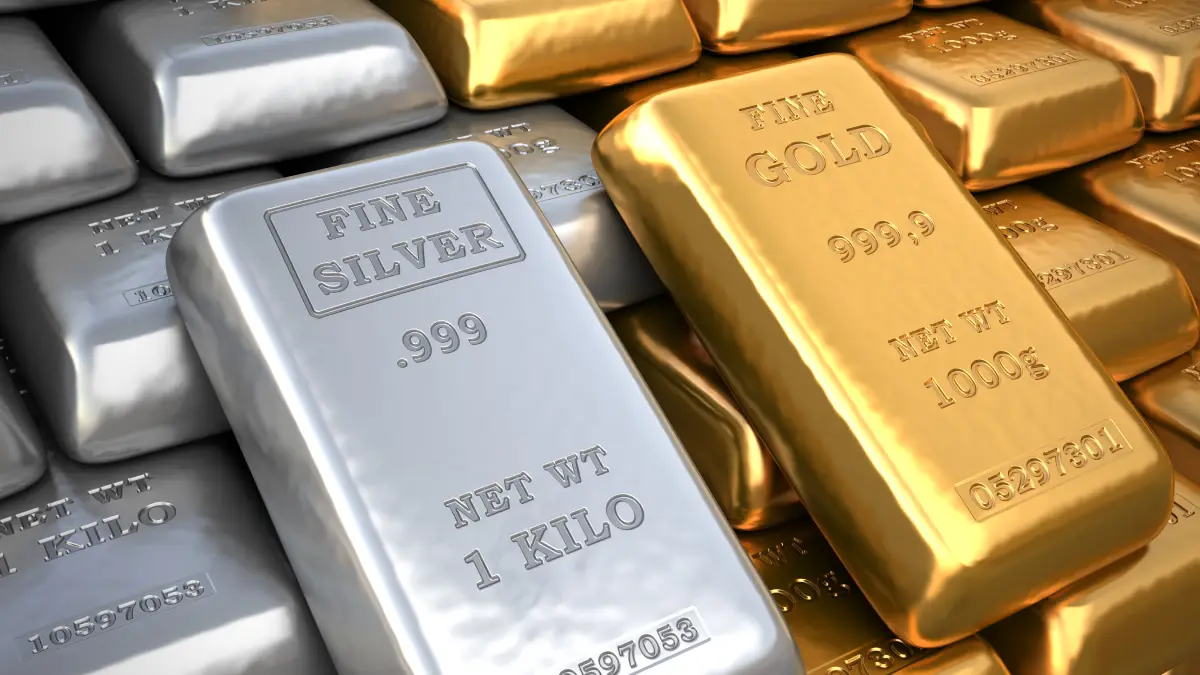Introduction: Diving into the Enigmatic World of CVD Diamond
In a world where the quest for innovation never ceases, materials science stands at the forefront, constantly pushing boundaries. Among the myriad materials that have revolutionized industries, CVD diamond holds a unique position. But what exactly is CVD diamond? How does it differ from natural diamonds, and what are its applications? Join us as we embark on a journey to unravel the mysteries of CVD diamond.
1. Understanding CVD Diamond: The Basics
What is CVD Diamond?
Chemical Vapor Deposition (CVD) diamond is a synthetic diamond produced through a process that involves the deposition of carbon atoms onto a substrate in a controlled environment. Unlike natural diamonds, which form deep within the Earth over millions of years, CVD diamonds are created in a laboratory setting.
How is CVD Diamond Made?
The process of producing CVD diamond begins with a diamond seed or substrate, onto which carbon atoms are deposited from a gas phase. These atoms gradually accumulate, forming layers of crystalline diamond over time. This method allows for precise control over the size, shape, and properties of the resulting diamond.
2. Advantages of CVD Diamond
Precision Engineering
One of the key advantages of CVD diamond is its ability to be precisely engineered for specific applications. Manufacturers can tailor the properties of CVD diamond, such as hardness, thermal conductivity, and optical transparency, to meet the exact requirements of various industries.
Cost-Effectiveness
While natural diamonds are limited in supply and often come with a hefty price tag, CVD diamond offers a more cost-effective alternative. The ability to produce large, high-quality diamonds in a controlled environment makes CVD diamond an attractive option for industries seeking to reduce costs without compromising on performance.
Environmental Sustainability
Unlike traditional diamond mining, which can have significant environmental impacts, the production of CVD diamond is relatively eco-friendly. By eliminating the need for mining and reducing waste, CVD diamond contributes to sustainability efforts in the materials industry.
3. Applications of CVD Diamond
Cutting and Machining Tools
CVD diamond’s exceptional hardness and wear resistance make it ideal for cutting, drilling, and machining applications. From precision cutting tools in the aerospace industry to high-speed machining tools in manufacturing, lab created diamonds enables greater efficiency and accuracy.
Thermal Management
The superior thermal conductivity of CVD diamond makes it invaluable for thermal management solutions. From heat sinks in electronics to thermal spreaders in power devices, CVD diamond helps dissipate heat more effectively, enhancing the performance and reliability of electronic systems.
Optoelectronics
In the field of optoelectronics, CVD diamond’s optical transparency and ability to withstand harsh environments make it a preferred material for various applications. From laser optics to high-power LEDs, cvd 다이아몬드 enables the development of advanced optical devices with enhanced performance and durability.
4. Future Prospects and Challenges
Emerging Technologies
As research into CVD diamond continues to advance, new applications and technologies are constantly being explored. From quantum computing to biomedical implants, the unique properties of CVD diamond hold promise for a wide range of innovative applications.
Addressing Challenges
Despite its numerous advantages, CVD diamond still faces challenges such as scalability, uniformity, and cost-effectiveness. Continued research and development efforts are needed to overcome these obstacles and unlock the full potential of CVD diamond across various industries.
Conclusion: A Glimpse into the Future
In conclusion, CVD diamond represents a remarkable feat of modern materials science, offering unparalleled versatility and performance across diverse applications. From precision engineering to sustainable manufacturing, the potential of CVD diamond knows no bounds. As we continue to delve deeper into its mysteries and overcome challenges, the future holds endless possibilities for this extraordinary material.
In the words of renowned physicist and Nobel laureate, Dr. Richard Feynman, “Nature uses only the longest threads to weave her patterns, so that each small piece of her fabric reveals the organization of the entire tapestry.” Indeed, CVD diamond serves as a testament to humanity’s ingenuity and our ongoing quest to unravel the intricacies of the natural world.



